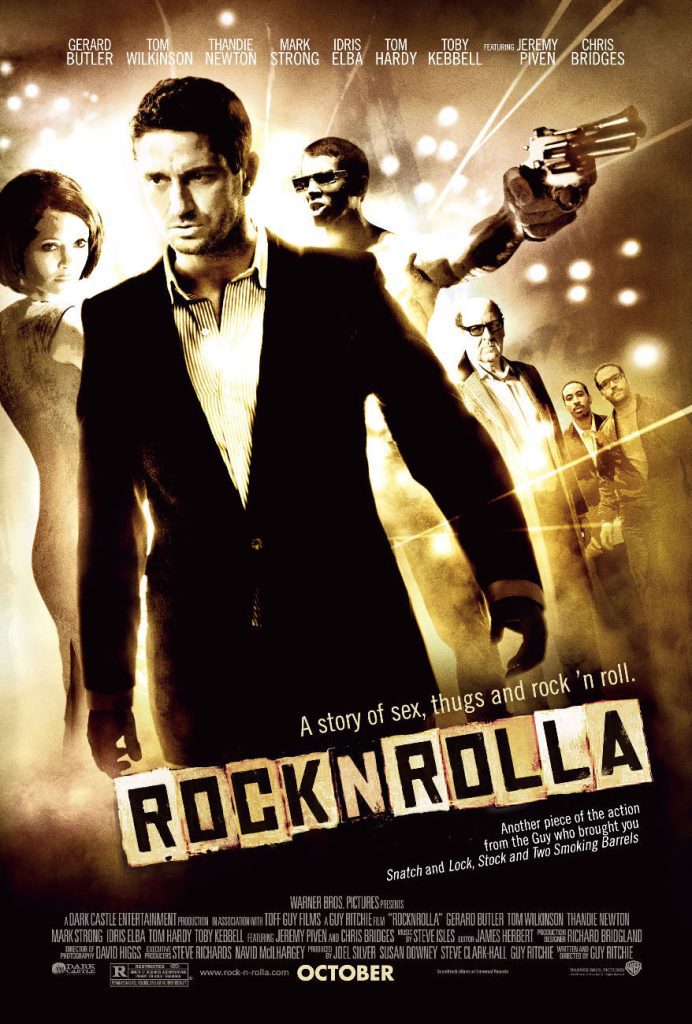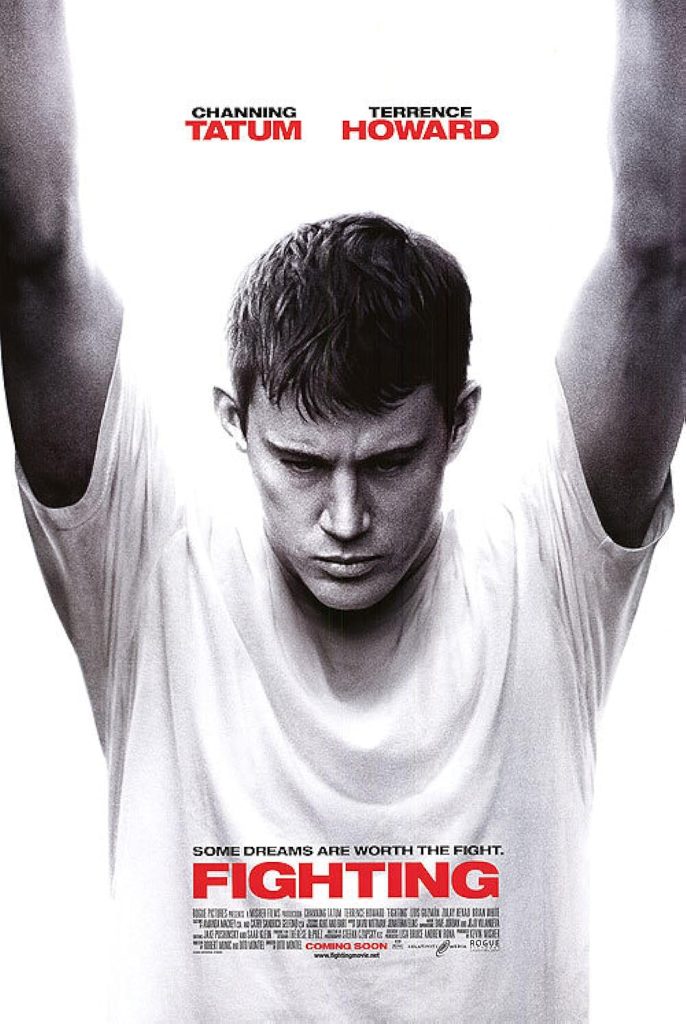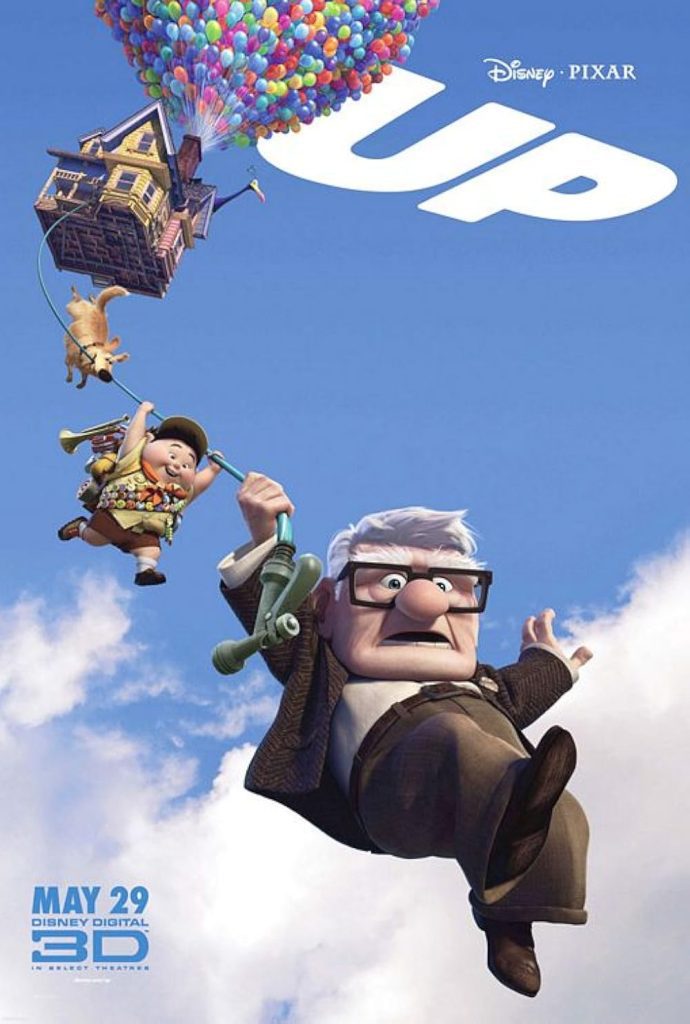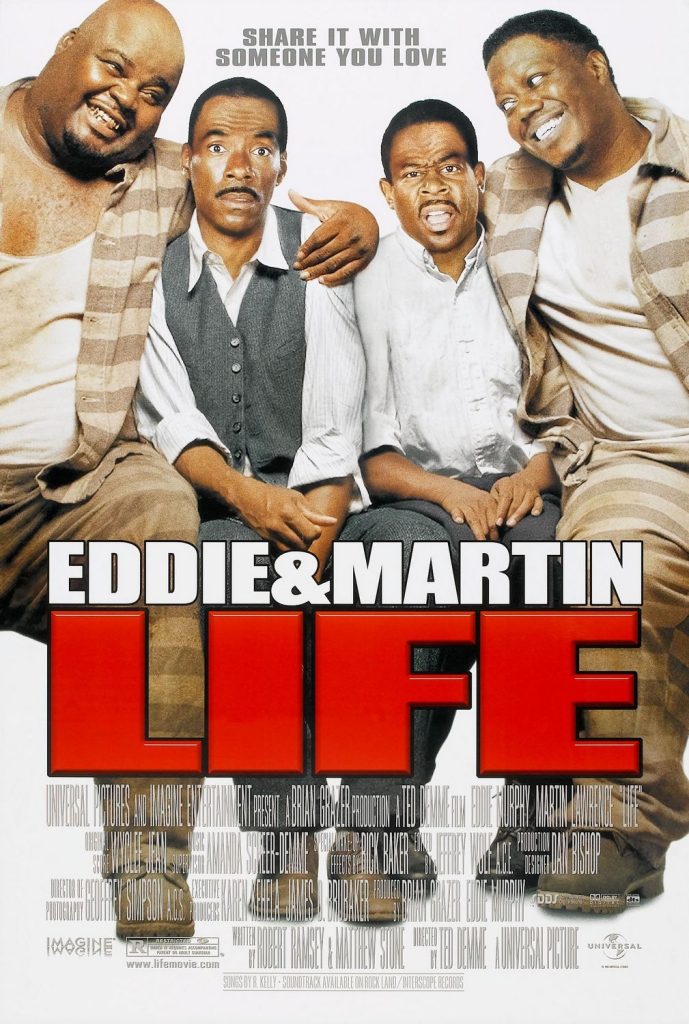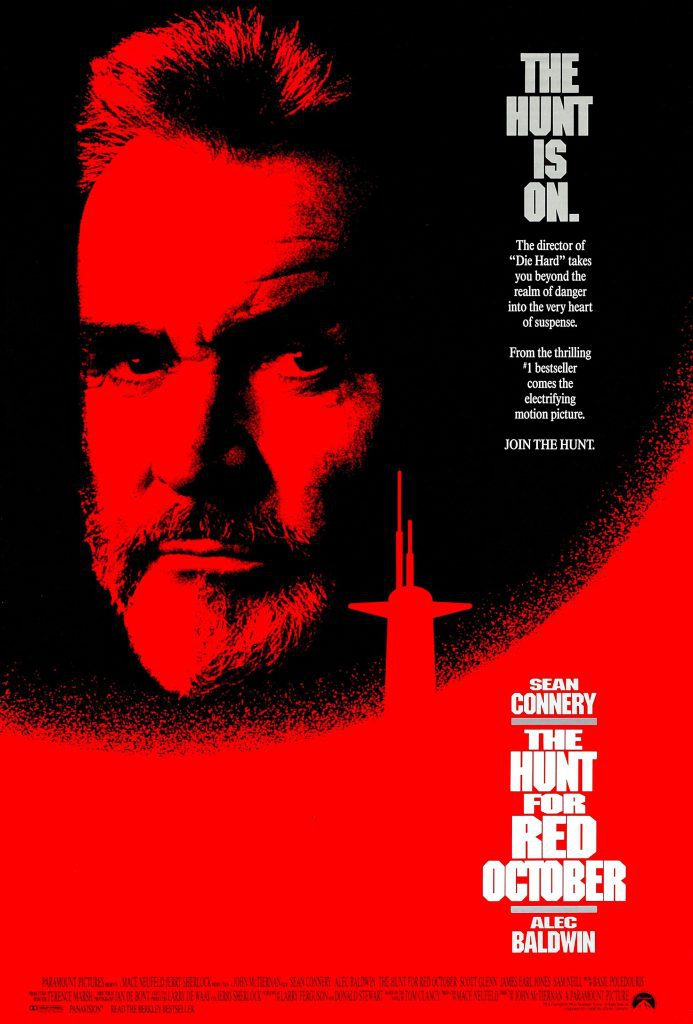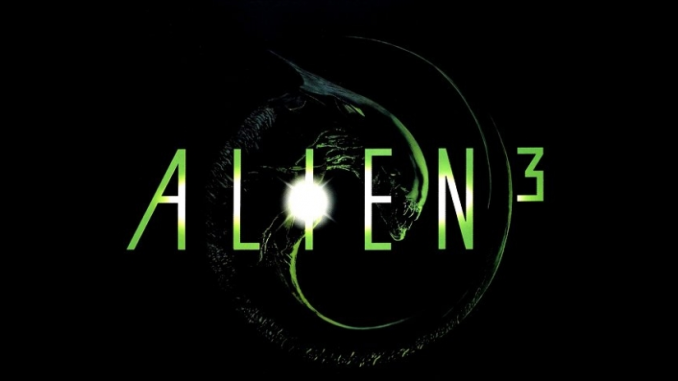
In any film series, inevitably there will be an entry or two that, shall we say, disappoints its fans. The Godfather Part III. Moonraker. The Phantom Menace. For the series that began with Ridley Scott’s Alien in 1979, many fans take offense at the third entry, Alien3, directed by David Fincher. While it may be rare to defend these so-called mistakes, that’s exactly what I intend to do. Well, at least with Alien3; Moonraker is on its own.
First she witnessed her crew be picked off one by one by an acid-blooded, drooling killing machine. Then she slept for over 50 years, only to have to wake up not just to a host of the vicious aliens, but to their queen. Now Ellen Ripley wakes up to find that her companions are dead and she’s crash-landed on an inhospitable world that serves as a prison colony. Oh, and of course, she’s brought the alien with her. In more ways than one. The bitch is back, indeed!
As much as we film nuts wish it were otherwise, Hollywood is ruled by the dollar. And as much as we’d like to deny it, if it were our $50 million above the line investment, not to mention millions more in marketing costs, we’d be praying to the cinema gods that our movie at least recouped its investment, and doing everything in our power to make damn sure that it did.
In a sense, Fox’s interference with the making of Alien3 is at least understandable, if not completely forgivable. Alien had been a resounding hit, as had its first sequel, Aliens. Their directors, Ridley Scott and James Cameron, respectively, were not freshman, but each film propelled their careers high into the stratosphere. For the third installment, they courted another up-and-coming director, Renny Harlin, who at the time of Alien3‘s preproduction had directed only a handful of films, most notably A Nightmare On Elm Street 4: The Dream Master. Despite the two years difference in release dates, he had not yet directed his star-making Die Hard 2. Writer/producer Walter Hill flirted with directing, as he had with the first film, but ultimately the job went to neophyte director David Fincher.
“Neophyte” perhaps is the wrong word. David Fincher was an accomplished director, but in fields other than motion pictures: commercials and music videos. He made stunning, memorable TV spots for AT&T, Coca-Cola, and Nike, and videos for the likes of Sting (“Englishman in New York”), Paula Abdul (“Straight Up”), and Madonna (“Vogue,” picked the second-best video ever by TV Guide in 1999). He had some film experience, but it was all as a low-rung effects person at Industrial Lights and Magic; look really closely, and you’ll find his name in the credits of Indiana Jones and the Temple of Doom and Return of the Jedi. Being his first feature film as the guy in the big chair, and an important, expensive film at that, Fox was, as I said, understandably concerned.
What they could not possibly know was the as-yet untapped potential as a filmmaker that Fincher possessed. Commercials and videos are all about capturing the eye as quickly as possible, and then giving the eye something memorable to watch in the scant seconds or minutes you have the viewer’s attention. Like films, most of them are directed by journeyman with average skills. But also like films, it takes a lot to be acknowledged as one of the best of the trade, and indeed, in the early 1990s David Fincher was one of the best video directors around his video for Madonna’s “Vogue” is minimalist, cryptic images composed and edited into the most arresting five minutes of film you will likely ever see. Once he got over the experience of taking his lumps with his first film, he made two of the most compelling and disturbing films of the 1990s Se7en and Fight Club as well as two more mainstream films, The Game and Panic Room. He’s the sort of filmmaker, like David Cronenberg or David Lynch, who makes a brand of film most moviegoers find dark and unsettling; unlike Cronenberg and Lynch, he’s found commercial success because his films are emotionally compelling, not repelling. (One could also argue that his films have starred Brad Pitt, Michael Douglas, and Jodie Foster, which couldn’t have hurt the box office receipts.)
Alien3 has long been my favorite entry in the series. See, Alien3 was the first film in the series that I saw. True story. The first film came out when I was only four. The second one slipped under my radar. I caught Alien3 on video, and was instantly hooked. Alien is effectively creepy, Aliens works very well as an action film, and I even like Alien Resurrection for its European filmmaking sensibilities and quirky cast of fringe character actors Ron Perlman? Michael Wincott? Brad Dourif? Leland Orser? Too cool. But David Fincher’s dark vision connected with me, even in its bastardized-by-the-studio theatrical cut, that none of the rest of the series has accomplished. Seeing it prior to the first two in the series gave me a perspective different from other fans, since I didn’t have the emotional attachment to Ripley and was not as upset by her demise. (Oh, did I spoil that? So now you know. Watch the damn movie.) However, I could see the movie’s obvious flaws. The original theatrical cut does a poor job introducing the prisoners on Fury 161, so upon first viewing you have a difficult time differentiating these bald guys running about, cussing and falling victim to the drooling meanie. Missing scenes make for jarring transitions, plot threads that seem to go nowhere or hang unfinished, and “characters” (as ill-defined as they are) that appear from nowhere or disappear without a trace of arterial spray. If one didn’t know the mixed-up production, one would think Fincher really screwed the pooch.
One would be wrong.
The film Alien fans got on May 22, 1992 was a far cry from what David Fincher wanted you to see. He disavowed the film and left during the editing process. For years, it was rumored that his cut of the film existed somewhere, and would even show up in bootleg form at science fiction conventions. Sadly, the original DVD release contained neither the excised footage nor a director’s cut. We’ve had to wait until the Quadrilogy box set, and now this standalone Collector’s Edition, to see an official representation of his vision or at least as close as we’ll ever get. Fincher was not involved in the production of this DVD set, so the extended version is labeled the “Assembly Cut.” (According to another site, even though Fincher was not directly involved, the remix did have his blessing.)
No matter what you call it, the extended version is remarkable. This isn’t like the longer version of Aliens, just the same film with a couple new scenes added in for additional color. Most of the additions, and there are many, are short bits that don’t add much to the plotline but that flesh out the characters. The difference is as plain as day from night. What’s most remarkable is that the prisoners are no longer Star Trek “redshirts,” introduced only to be offed with no definition to their characters. I’ve watched Alien3 many, many times (the original disc is one of the most-watched in my collection), but I’ve never been able to identify more than a few of the characters by name. For the first time ever, I found myself remembering these blokes’ names, who they were, and when we had “met” them in the film. Dillon, the minister-type character played by Charles Dutton, benefits the most from these additions, not just from a characterization perspective but from the richness Dillon adds to the film’s thematic tapestry. While the original gives us the basic idea that he’s a spiritual leader, most of his spiritual dialogue was cut. Here, he doesn’t just pray at the funeral for Hicks and Newt; we get quiet moments where he leads the prisoners in prayer. (More on this in a bit.) Golic, played by Paul McGann, becomes integral to the plot, not just a guy driven nutters by the alien and confined to the infirmary before disappearing entirely. We discover that the other inmates already thought he was crazy and really did think he killed the two prisoners who the alien ate before his eyes. The brief scenes wherein they find him post-attack sitting alone in the mess hall muttering and eating ravenously are among the most effective new scenes in the extended cut. I’ll get to his additional screen time in a moment. Clemens, played by Charles Dance, becomes more of a loner (he discovers Ripley’s escape pod while on a private walk), and has more moments with Ripley, but since he was already the film’s most fleshed-out character, we don’t learn much more about him. As for the plot changes, the first we encounter is after Clemens discovers the EEV. The prisoners use a team of oxen to bring the EEV back to the prison, and it’s one of the oxen that become host to the alien instead of the Rottweiler. (Personally, this is the one change I didn’t like. As distasteful as I usually find violence to dogs in movies, the dog made more sense. Also, this introduces a continuity problem later on. Before Murphy is sucked into the fan, he still calls to the dog in the hole, but we never saw the dog in this cut and calling “Spike, is that you?” just doesn’t make much sense.) Later, when the prisoners try to burn the alien out of the vent shafts, they trap it in the toxic waste dump. You heard me they trapped it. Golic escapes from the infirmary and goes looking for the alien. He finds it, kills the guy guarding it, releases it, and becomes second breakfast for the effort. I’ve only outlined the major changes; there’s smaller bits and pieces elsewhere that make the other prisoners feel more human and that give more gravity to the fact that Ripley isn’t just infected, that she’s host to a queen.
With the additions, it’s easier to see how Alien3 fits into David Fincher’s oeuvre. Besides being dark and beautiful and moody, the fleshing out of Dillon brings a common theme closer to the surface: faith. More appropriately, the futility of faith. Se7en shows faith on a variety of levels. The John Doe killer’s conceit is that he is doing the will of God by enforcing His commandments, but that’s only a twisted parallel to the real character of faith, David Mills (played by Brad Pitt). Mills has faith in the innate goodness of humanity, that good will triumph and evil will be vanquished. His faith is proven false as goodness is destroyed (personified by…well, you know if you’ve seen the movie, and I won’t spoil it if you haven’t) and he becomes complicit in fulfilling the evil killer’s grand scheme. You would think that Fight Club, seemingly the champion of nihilism, would be absent of faith, but the misplaced faith here is in Tyler Durden and his cracked philosophies. People need to believe in something or someone, but that ultimately it will be proven a waste. Panic Room puts faith in security, which ultimately becomes an illusion and a trap of our own making. In Alien3, their belief in God an areligious one, though Christian iconography is scattered throughout the set design does not save the prisoners who put the most faith in it. The only prisoner who lives through to the end seems to do so on random luck, not because of his trust in anything or anyone. Fincher’s overriding message: Faith, the belief in what we believe to be the truth, gains nothing.
Faith may be misplaced in Fincher’s films, but what you can put your faith in lock, stock, and barrel is Fox. When they promise the goods, they deliver the goods. Alien3: Collector’s Edition is all you could possibly ask of a two-disc set. Disc One contains both versions of the film the theatrical cut and the so-called “assembly cut” and the results are remarkable. Video is the original aspect of 2.35:1, presented anamorphically. As near as I can tell, it looks exactly like the original DVD release. Colors are accurate and shadow detail is excellent. It’s incredibly sharp and film-like, veritably popping off the screen. The added footage in the assembly cut is nearly indistinguishable; I only noticed a slightly blurry shot in one of the added scenes. Film grain is noticeable from time to time, but it was shot with anamorphic lenses so that is normal and acceptable. I only noted one scene that appeared to be edge enhanced, but since it was a model shot of the alien, that may have been a stray matte line. Regardless of my requisite DVD reviewer niggling, video is top drawer. Audio is Dolby Digital 5.1 (with alternate 2.0 surround in Spanish), and is mostly good. Surrounds and LFE add appreciably to the atmosphere, and it does right by Elliot Goldenthal’s score, full of abstract sounds and ambient texture. What’s slightly disappointing, but understandable, is the assembly cut’s occasional problems during the added footage. Since most of the scenes were cut early in post-production, dialogue was not re-recorded in the studio; therefore, on-set dialogue recordings had to be used, and they’re thin at best, unintelligible at worst. Thankfully, Fox subtitled these scenes so that you can understand what’s being said. This only happens with a handful of scenes, so it’s not really a big deal.
Like David Letterman says, you came for the entertainment, you stayed for the canned ham giveaway. The reason to invest in Alien3: Collector’s Edition may be for the extended cut of the film, but what will get you to stay is the wealth of extras. Disc One only has one real extra a commentary track. It’s what this site used to call a “Criterion-style” track, with many participants recorded separately and cobbled together. The participants include cinematographer Alex Thomson; editor Terry Rawlings; special effects artists Alec Gillis, Tom Woodruff Jr., and Richard Edlund; and actors Lance Henriksen and Paul McGann. The comments are not necessarily scene-specific, and at times seem to be taken from interviews rather than commentary recording sessions, particularly for Thomson and McGann. However, it’s all quite illuminating and a good listen. If you select to view the theatrical version, you can visit a menu option to view the deleted and extended scenes; if you select the special edition cut, this option becomes a marker that can be displayed during the film to denote what’s been added or changed. It’s not entirely accurate; it occasionally displays a bit too long and marks original footage as new, but only someone like me who has seen the movie too many times will be able to tell the difference.
On Disc Two, the main menu greets you with four options: Navigation Options, Pre-Production, Production, and Post-Production. Being the curious sort, I checked out the Navigation Options section first. It’s essentially a “play all” option that lets you view the featurettes, photos, or artwork in one fell swoop. I’d recommend going with this, because the documentary footage flows too well to be broken up.
The making-of documentary clocks in just shy of three hours. Created by master DVD producer Charles de Lauzirika, it is one of the most brutally honest looks at the making of a film I have ever seen. It is comprised mostly of interviews (both dating to the production in 1990-92 and original to the DVD release) with nearly anyone involved with the making of the film with the notable and regrettable absence of David Fincher, except in on-set video. Even Renny Harlin, who backed out before the film even started production, gets considerable screen time talking about his role in the making and his impression of the completed film. Everyone is unanimous in their praise of Fincher’s creative vision and their criticism of Fox’s handling of the project. Some of the best moments:
- You get to see test footage of a dog in costume to play the freshly oxen-chest-burst alien. Incredibly comical. (For the DVD, the shot was completed with CGI.)
- The interview footage with H.R. Giger. If you’ve never explored his work outside what’s on-screen in the Alien movies, you owe it to yourself to at least visit his website. He’s one sick mofo. Cool.
- I think Elliot Goldenthal is Benicio Del Toro’s clone.
I’m not too keen on artwork and photos on DVD, so I didn’t spend much time with these portions of the disc. What I can tell you is that the pre-production sketches include work done for the early concepts that were thrown out, and have text intro cards so you know what you’re seeing. I learned from this section that conceptual artist Doug Chiang (notable for his work on the Star Wars prequels) did some early sketches, and that at one point ILM was approached to do the special effects. There’s also storyboards for very nearly the entire movie.
If you’re hunting for a review of Alien3, you’ve no doubt seen the film and have already developed an opinion of it. Most people have an unfavorable opinion, which is a shame. There’s so much to love the return to Alien‘s solitary killing machine, the fight against hopeless odds, David Fincher’s moody filmmaking. It’s part Ridley Scott’s Alien horror film, part James Cameron’s Aliens action film, but it’s wholly its own. With the assembly cut, there is so much more to love, and nearly every fault with the original version is now fixed.
With both cuts of the film, a commentary, and a three-hour documentary, not to mention outstanding audio and video quality, Alien3: Collector’s Edition is a resounding success, and a must-buy.
For more movies visit Soap2day.

